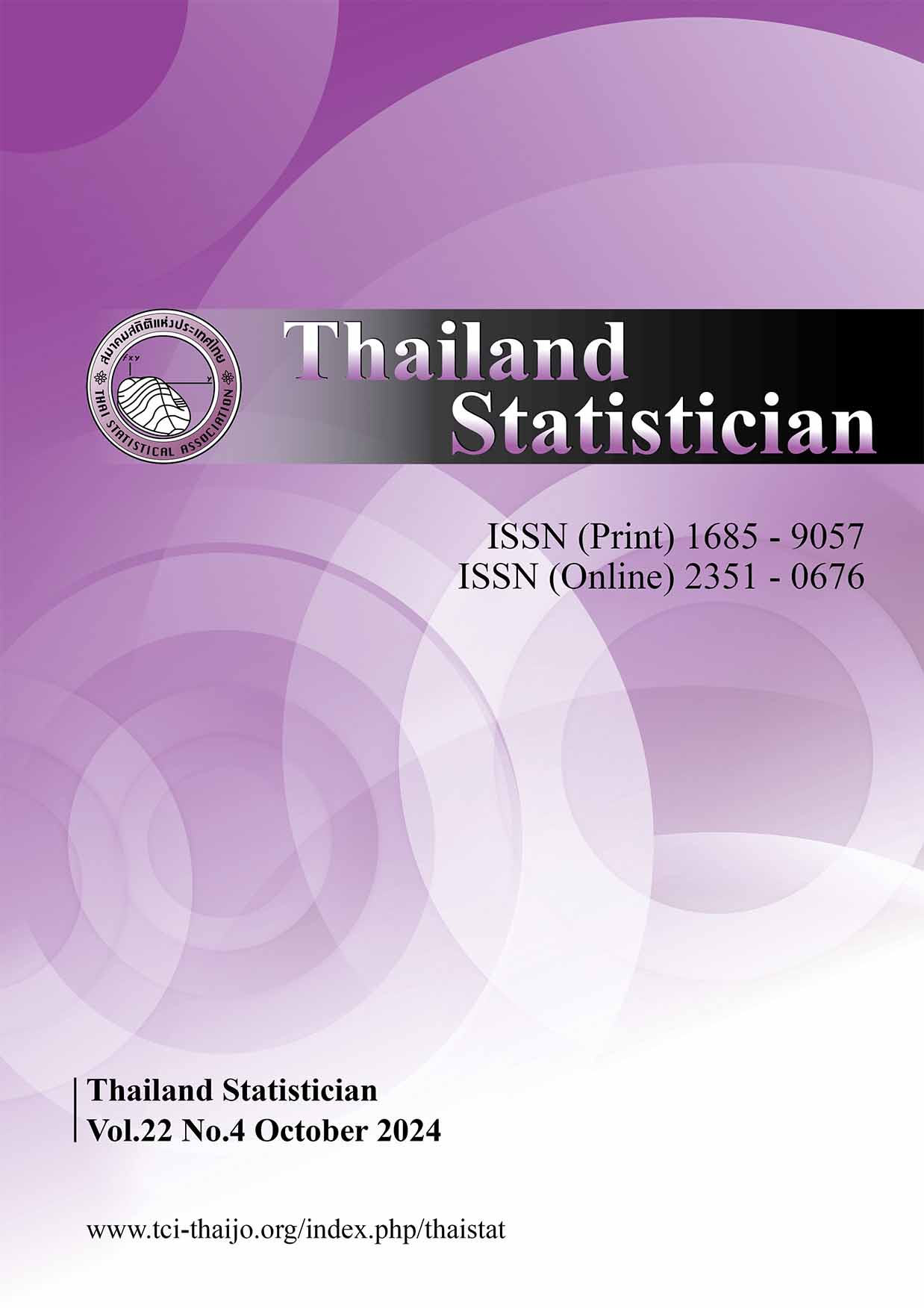Comparison of ARIMAX and Feedforward Neural Network in Forecasting Cash Outflow Inflow at Bank Indonesia East Java Region
Keywords:
Time series, forecasting, machine learning, cashflowAbstract
Money management, which includes planning, expenditure (outflow), circulation to withdrawal (inflow) in Indonesia, is the duty and authority of the central bank, namely, Bank Indonesia. The amount of money going out and going in needs to be modeled and forecasted to estimate people's money needs in the next period. The effects of calendar variations often affect cash outflows and inflows. Therefore, the method used is ARIMAX with the effect of calendar variations. On the other hand, cash outflow and inflow data allow nonlinear patterns so that the forecasting method used is FFNN. The purpose of this study is to compare the best model between ARIMAX and FFNN in forecasting cash outflow and inflows in the East Java region. There are three Bank Indonesia Representative Offices that are the focus of the research, namely, in the City of Kediri, the City of Jember, and the City of Malang. Not all places can use the ARIMAX and FFNN methods because they adjust the actual data conditions. If the ARIMAX or FFNN criteria do not meet, the modeling continues with ARIMA/SARIMA/Time Series Regression. The criteria for selecting the best model are based on the MSE and RMSE values in the testing data. FFNN modeling is better than ARIMAX on cash inflow data for the city of Kediri and the city of Jember. As for the cash outflow of Jember, ARIMAX is better than FFNN. The rest, compared to ARIMA/SARIMA/Time Series Regression adjusts the actual data pattern. In general, the FFNN model is better than ARIMAX, provided that the data has a nonlinear pattern.
References
Bank Indonesia. Functions of Bank Indonesia [Internet]. 2021. Available from: http://www.bi.go.id/
id/tentang-bi/fungsi-bi/tujuan/Contents/Default.aspx.
Bank Indonesia. Bank Indonesia Regulation concerning Rupiah Money Management; 2012.
Bank Indonesia. Bank Indonesia Regulation concerning Rupiah Money Management. Bank Indonesia; 2019.
Borhan N, Arsad Z. Forecasting international tourism demand from the US, Japan and South Korea to Malaysia: A SARIMA approach. In: AIP Conference Proceedings. American Institute of Physics; 2014: 955-960.
Elena M, Lee MH, Suhartono H, Hossein I, Abd Rahman NH, Bazilah NA. Fuzzy time series and SARIMA model for forecasting tourist arrivals to Bali. J Teknol. 2012; 57(1): 69-81.
Endriani S. The concept of money: Islamic economics vs conventional economics. Anterior J. 2015; 15(1): 70-75.
Fransiska H, Novianti P, Agustina D. Monthly rainfall modeling in Bengkulu City with Seasonal Autoregressive Integrated Moving Average (SARIMA). In: Seminar Nasional Official Statistics. 2019; 390-395.
Fine TL. Algorithms for designing feedforward networks. New York: Springer; 1999.
Lee MH, Hamzah N. Calendar variation model based on ARIMAX for forecasting sales data with Ramadhan effect. In: Proceedings of the Regional Conference on Statistical Sciences. 2010: 30-41.
Lee MH, Suhartono, Hamzah N. Calendar variation model based on time series regression for sales forecasts: The Ramadhan effects. In: Proceedings of the Regional Conference on Statistical Sciences (RCSS’ 10). Malaysia: Universiti Teknologi MARA (UiTM); 2010: 349-361.
Machmudin A, Ulama BSS. Forecasting air temperature in Surabaya City using ARIMA and artificial neural network. J Sains dan Seni ITS. 2012; 1(1): D118-D123.
Monica M, Suharsono A. Forecasting cash outflow and inflow in Jember with ARIMAX calendar variation effect. AIP Conf. Proc. 2021; 2326: 020014.
Prabowo H, Suhartono S, Prastyo DD. The performance of Ramsey test, white test and Terasvirta Test in detecting nonlinearity. Inferensi. 2020; 3(1): 1-12.
Suharsono A, Monica M. Forecasting inflation in Malang City using autoregressive integrated moving average exogenous with calendar variation effect. J Technol Reports Kansai Univ. 2020; 62(8): TRKU-02-09-2020-11065.
Downloads
Published
How to Cite
Issue
Section
License

This work is licensed under a Creative Commons Attribution-NonCommercial-NoDerivatives 4.0 International License.



